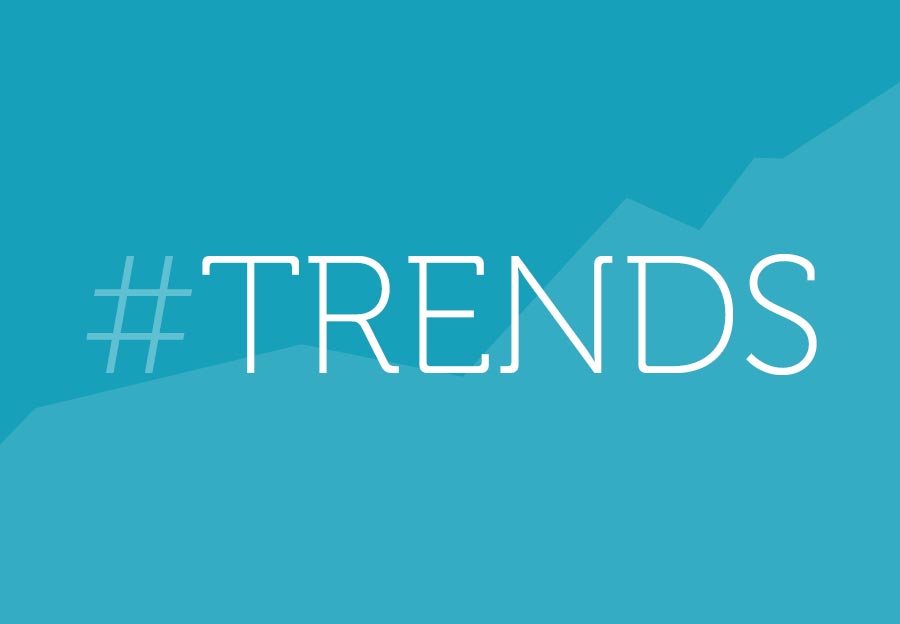We’ve drawn the veil from our crystal ball and gazed into it’s smoky depths to predict what trends 2017 is going to hold for online marketing.
Trends for 2017
It was the 10 years ago that the original iPhone was launched. In this short space of time, we’ve seen the tablet arrive, mobile internet speeds go from GPRS, through 3G to 4G, we’ve seen music downloads virtually wipe-out CD sales only now to be on the decline (to the point where vinyl sales are now greater), and to now be replaced by streaming. We’ve seen a massive upsurge in video use as internet speeds have improved. Ten years ago social platforms like Facebook and Twitter were still in their infancy, and yet we’re already seeing them being replaced. Whatever happened to Myspace or Friends Reunited? So, what does the team at Immedia think are the trends we’re going to see this year…
Mobile, mobile, and yet more mobile
Mobile is already big, but this year we believe it’s going to get even bigger. Last year for the first time, mobile search overtook searches on desktop, and many consumer-focussed websites now see upwards of 80% of their traffic coming from mobile devices. So it’s no longer ok to have a website that isn’t 100% mobile-friendly, and indeed even having a separate mobile site or a website that’s “sort of responsive-ish” won’t do any more.
This is the year that we will see mobile become THE LEADING platform for websites, and websites will need to be fully responsive, designed and built “mobile-first” to deliver great user experiences that lead to conversions and sales.
“Mobile First” means that the website is designed primarily for a mobile device, and is then made responsive to work on the desktop platform, rather than the other way around. Indeed, Google recently announced that it was testing “mobile first indexing” this year, which means that it will crawl and rank your website ON A MOBILE FIRST, and only then will it look at the desktop version. So most SEO rankings will depend on the speed, usability, navigation and content delivery on mobile, in preference to desktop, and accelerated mobile pages (AMP) could soon become the norm.
Search and the way we use it will change
There are some big things happening behind the scenes in the world of search which will have a profound impact on how and where we search, and the way we interact with our devices.
Google have a new component of their search algorithm called “Rankbrain” which is a machine leaning (or AI) system that teaches itself to analyse things like trends, search habits, locations, and mine “big data” for clues as to search intention. This more humanised way of ordering information and delivering search results stresses the increasing importance of optimising sites and content for people, not for search engines.
We believe that it’s entirely possible that we see a completely new type of search technology appear that will rival Google (and that may ultimately replace it). Facebook have been making noises about providing a search function not based on the data and information that it has.
The rise and rise of video
Video content is becoming even more mainstream, and will become a vital tool in the digital marketing mix. It will become far more prevalent as an advertising medium (on websites and on channels such as Facebook, Snapchat, and Instagram), and with the recent emergence of “Facebook Live”, we are like to see a growth in live video broadcast of events, product launches, and other such things.
Content, content, and more content
Digital marketing techniques that we used to think of as separate tasks (SEO, PPC, Social Media, Blogging, etc.) are all beginning to merge together and rely on each other, such that it’s now no good just doing one of them in isolation. For online success, an integrated digital marketing plan that utilises all of these tools is essential in order to have the desired effect.
Over the past few years, we have seen organic SEO (search engine optimisation) methods change beyond recognition. In the not too distant past, a site could be optimised by simply buying some back-links, asking some guest-bloggers to write something about you with a link to your site, and do a bit of on-page keyword stuffing to see results. Today search engines are SO much cleverer and place a greater amount of focus on “quality” to judge whether a website is deemed worthy enough to rank highly in search results.
You have to have a great website. One that delivers a great experience across mobile, tablet or desktop. A website that is full of great content that is useful and informative to the user, whether that’s delivered in a blog, video, case study, testimonials, client story, news article, technical information, “how-to” guides…the list is endless.
This content also needs to be delivered fast – do you wait around for a slow web page to load? – and securely to ensure your visitors data remains safe.
So what does this mean for businesses?
Well, we believe that it means you will need to put a lot more effort and resource into your website and online presence that you have previously in order to stay ahead. It means that you will need to have a strategy and a plan for your online content, one that you budget for and stick to. It also means that there is an opportunity there for those who really embrace these changes quickly, as the early adopters will be the winners.


